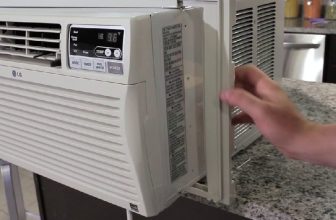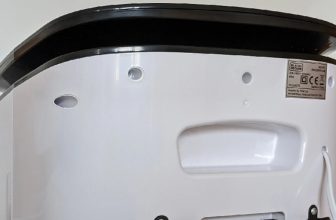How to Access Condensate Drain Pan
No matter how well you take care of your HVAC system, it requires regular maintenance to run efficiently. One important part that needs periodic attention is the condensate drain pan – if it fails or overflows, water damage, and even health hazards can occur.

Fortunately, accessing the condensate drain pan for inspection and cleaning can be done in just a few simple steps.In this blog post, we’ll explain what you need to know about how to access condensate drain pan to ensure proper HVAC system maintenance.
What is Condensate Drain Pan?
The condensate drain pan is a shallow pan, typically made of plastic or metal, that collects and holds the water that accumulates in your HVAC system. In addition to providing drainage for excess moisture, it helps protect against mold, mildew growth, and structural damage from water leaks. In order for it to work correctly, it must be maintained properly and checked regularly.
Some Basic Tools You Will Need to Access Condensate Drain Pan
- Screwdriver
- Pliers
- Wrench
- Duct Tape
- Safety Goggles
- Flashlight (for dark areas)
7. Rags and Towels for Cleaning Up Spills or Leaks
Step-by-step Guidelines on How to Access Condensate Drain Pan
Step 1: Turn Off the Power to Your HVAC System
Before you start, make sure to turn off the power supply to your HVAC system. This can be done by switching off the main power switch at the circuit breaker in your home or office. If you don’t know how to do this, contact an electrician for help.
Step 2: Locate and Remove the Cover Plate
Find the cover plate on your condensate drain pan, which should be relatively easy to locate. Use the screwdriver or pliers to unscrew the cover plate and remove it from the pan. You may need to use the wrench if the screws are too tight. While removing the cover plate, be careful not to loosen the other screws that are connected to the pan.
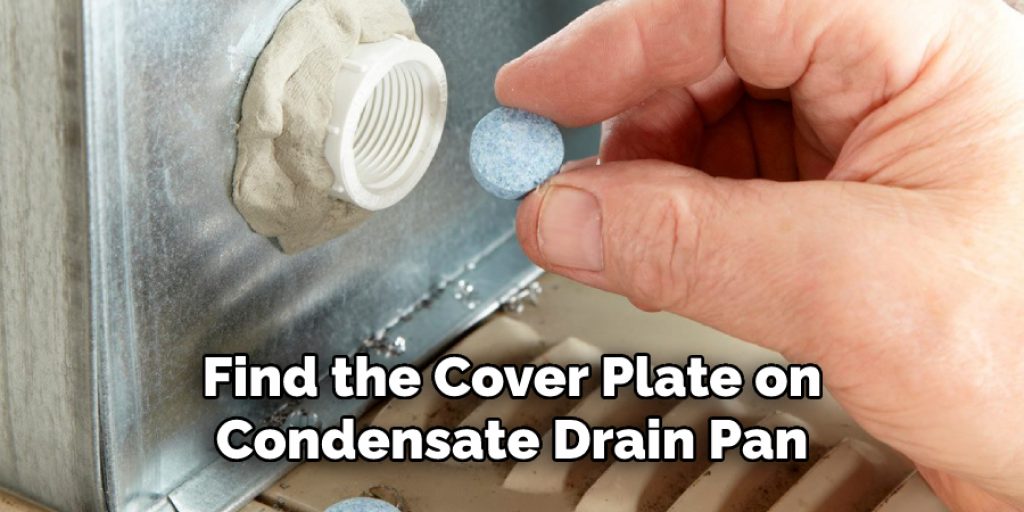
Step 3: Clean Debris From The Drain Pan
Once you have access to the drain pan, use a rag and towels to clean out any debris that is built up inside. This will help keep your HVAC system working more efficiently and prevent future clogs or overflows. Slowly pour a bucket of warm water into the pan to help break up any stubborn debris. Be cautious when dealing with water, as it may cause an electrical shock if you are not careful.
Step 4: Check for Leaks or Obstructions
Once you have removed the cover, check for any leaks or obstructions that might be present in the pan. If there are any, use the wrench or duct tape to fix them. If you get any leaks while you are cleaning the pan, use towels to mop up the mess and dispose of them properly.
Step 5: Clean and Prepare the Pan
Use a rag and some warm water to clean out any debris or buildup that may be present in the pan. This will ensure that no dirt or grime is transferred into your HVAC system when you re-attach the cover plate.
Step 6: Re-Attach the Cover Plate
Once the pan is clean and dry, you can re-attach the cover plate using the screwdriver or pliers. Make sure it’s snugly in place to prevent any leakage or overflow. While reattaching the cover plate, be sure to use caution and avoid loosening any of the other screws.
Step 7: Turn On Your HVAC System
When you’re sure the cover plate is secured in place, turn on your HVAC system by switching on the main power switch at the circuit breaker.
Following these steps will help ensure that your condensate drain pan is properly maintained and everything is running smoothly. Doing this regularly can help prevent damage to your system and save you money in the long run. If you’re ever unsure about how to access your condensate drain pan, it’s always best to contact a professional for help.
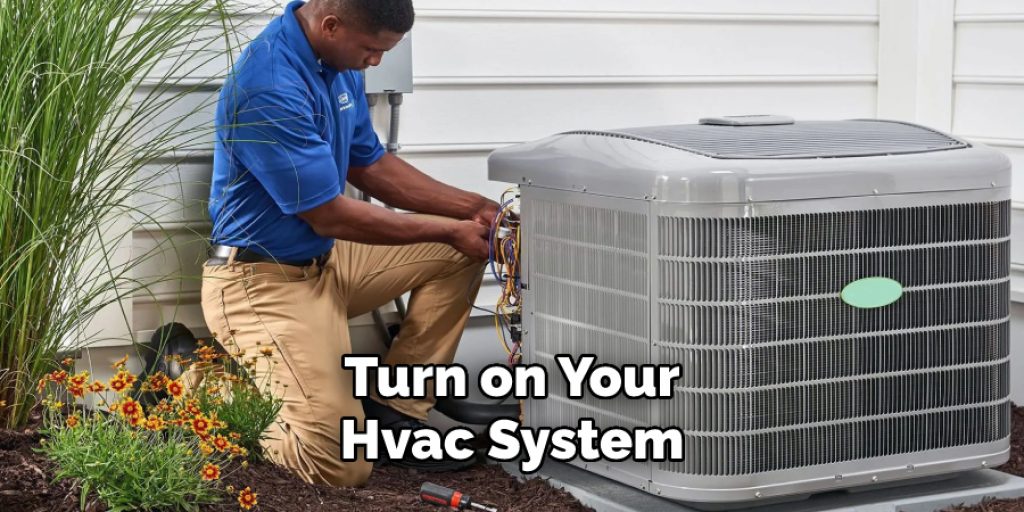
By understanding and following these steps, you can ensure that your HVAC system is properly maintained and running efficiently all year round!
Some Other Tips and Tricks to Access Condensate Drain Pan
- Make sure to wear safety gear when accessing the condensate drain pan, such as safety glasses and work gloves.
- Be aware of any potentially hazardous substances that may be present in the condensate drain pan, such as chemical residues or mold spores. If necessary, take the appropriate precautions before attempting to access the pan.
- If the condensate drain pan is inaccessible or requires special tools, consider calling a professional HVAC technician to have it checked out instead of attempting to do so yourself.
- Be sure to check your local and state regulations before accessing the condensate drain pan; there may be certain restrictions in place when it comes to working with these types of items.
- When finished, ensure all necessary tools and equipment are properly stored away and any potentially dangerous substances have been disposed of safely. This will ensure that the condensate drain pan remains safe for future use.
- If possible, try to clean the condensate drain pan regularly to prevent any potential buildups of residue or dirt. This will help keep it functioning properly and reduce the risk of any hazardous materials leaking into your home.
- If you are unsure how to access the condensate drain pan, contact a qualified HVAC professional who can provide the necessary guidance and assistance. They can also answer any questions you may have regarding the maintenance or repair of your condensate drain pan.
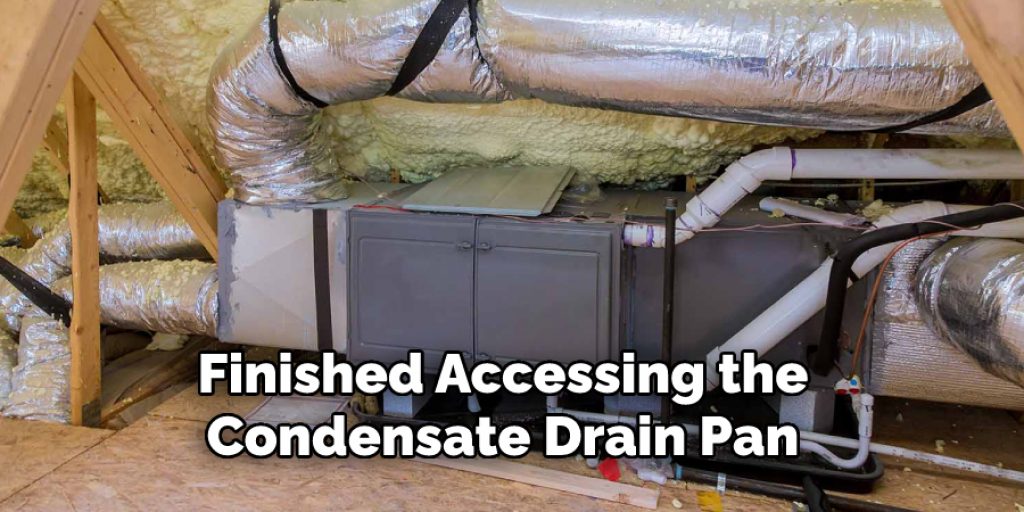
Following these tips will help ensure that accessing and maintaining your condensate drain pan is a safe and easy process. Doing so regularly will keep your home’s air quality healthy and help avoid any potential problems caused by a buildup of harmful substances.
Safety Precaution for Accessing Condensate Drain Pan
- Before attempting to access the condensate drain pan, ensure that all power to the system is turned off and the area is properly ventilated.
- Wear protective clothing such as safety glasses, a dust mask, and work gloves when handling any material in the condensate drain pan.
- Ensure that all loose objects and debris have been removed from the drain pan prior to accessing it.
- To successfully access the condensate drain pan, first locate the shut-off valve or switch that will stop the water flow into the drain pan. Turning off this valve will prevent additional water from entering the drain pan and making a mess when you are attempting to service it.
- After the shut-off valve is closed, you will need to find the drain pan’s access point. This could be a lid or panel that can be accessed by unscrewing screws and lifting off the cover.
- Once you have located and removed the covers of the condensate drain pan, you can access the inside of the drain pan. Be aware that depending on how long it has been since the last maintenance was done, there may be a significant amount of dirt and debris in the pan that will need to be removed.
- Carefully examine all components of the condensate drain pan for any signs of damage or corrosion. If any damage is found, it will need to be repaired or replaced as soon as possible in order to avoid further issues with the system.
- After thoroughly inspecting the condensate drain pan and making any necessary repairs or replacements, you can reassemble the drain pan and turn the shut-off valve back on to restore the water flow.
- Be sure to clean up any mess created by accessing the condensate drain pan and dispose of all materials properly when finished. This will help ensure a safe working environment for everyone involved in servicing the system.

By following these precautions, you can safely access your condensate drain pan and service it without compromising your safety or the integrity of the system. Always take all necessary precautions when servicing any part of a heating, ventilation, or air conditioning system. Following these steps can ensure a safe working environment for yourself and those around you.
Conclusion
With the right knowledge and some basic tools, You can easily understand how to access condensate drain pan in order to clean it and prevent clogs. You’ll need to begin by shutting off your air conditioner’s power and disconnecting its electrical wires.
Then, you can easily reach for the crankshaft on the side of your unit and use it to remove both the top and bottom grilles to access the panel. This will allow you to get a better understanding of what’s going on inside your unit.
Remember, if you’re ever unclear about how to access your drain pan properly, don’t hesitate to contact a professional technician who can help you solve any problem you may have with minimal hassle. Understanding all the parts of an AC system helps ensure that it runs efficiently and effectively over time. Regularly maintaining your AC will help it remain reliable and serve you well in hot weather.



